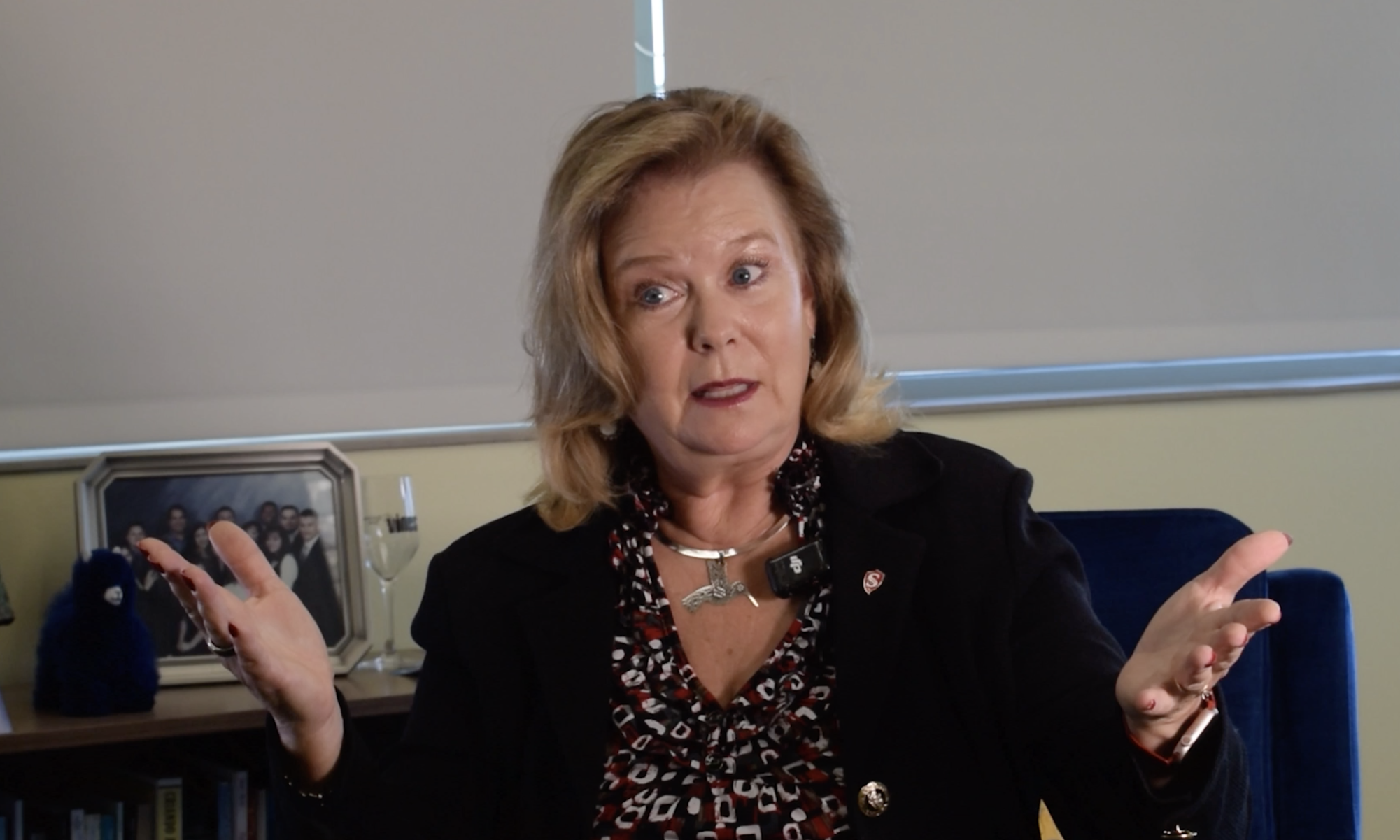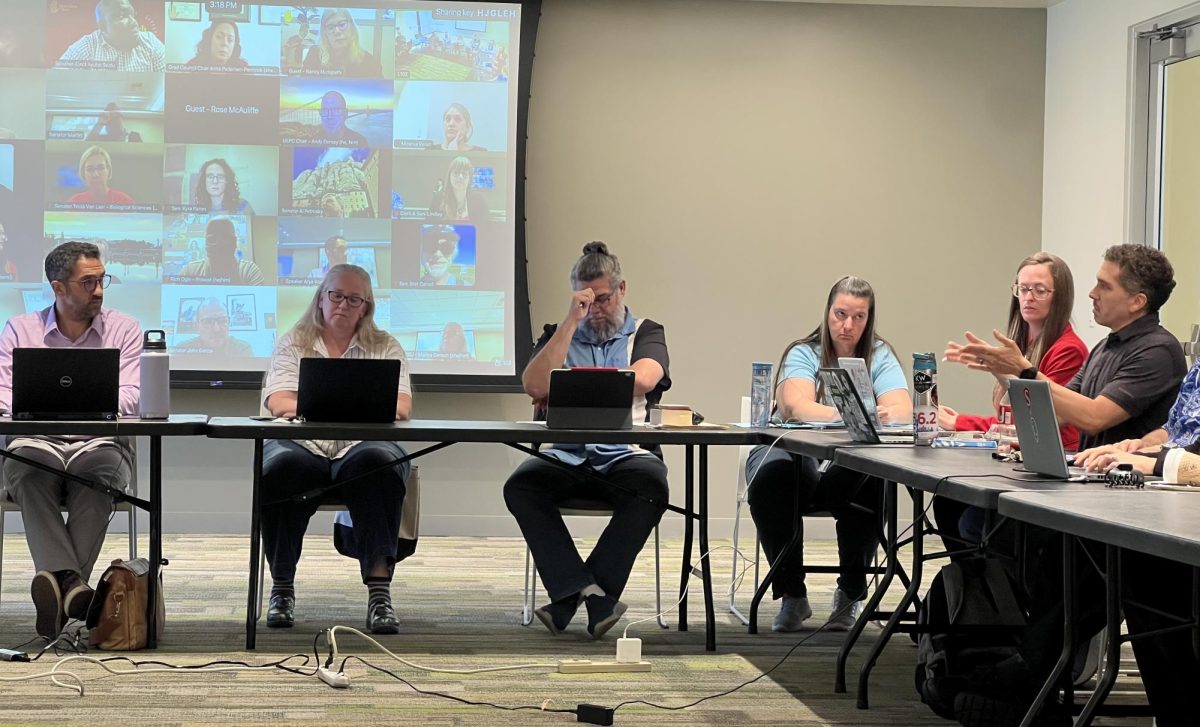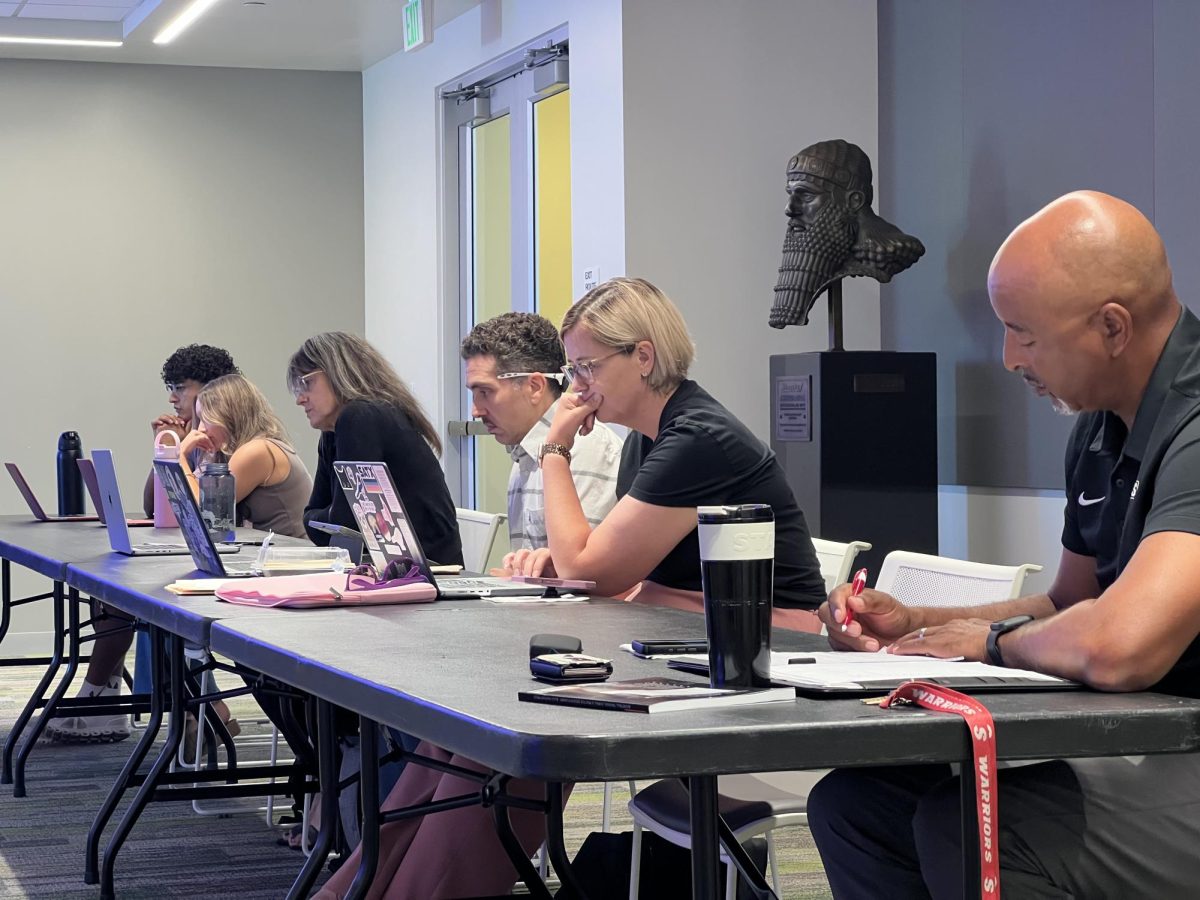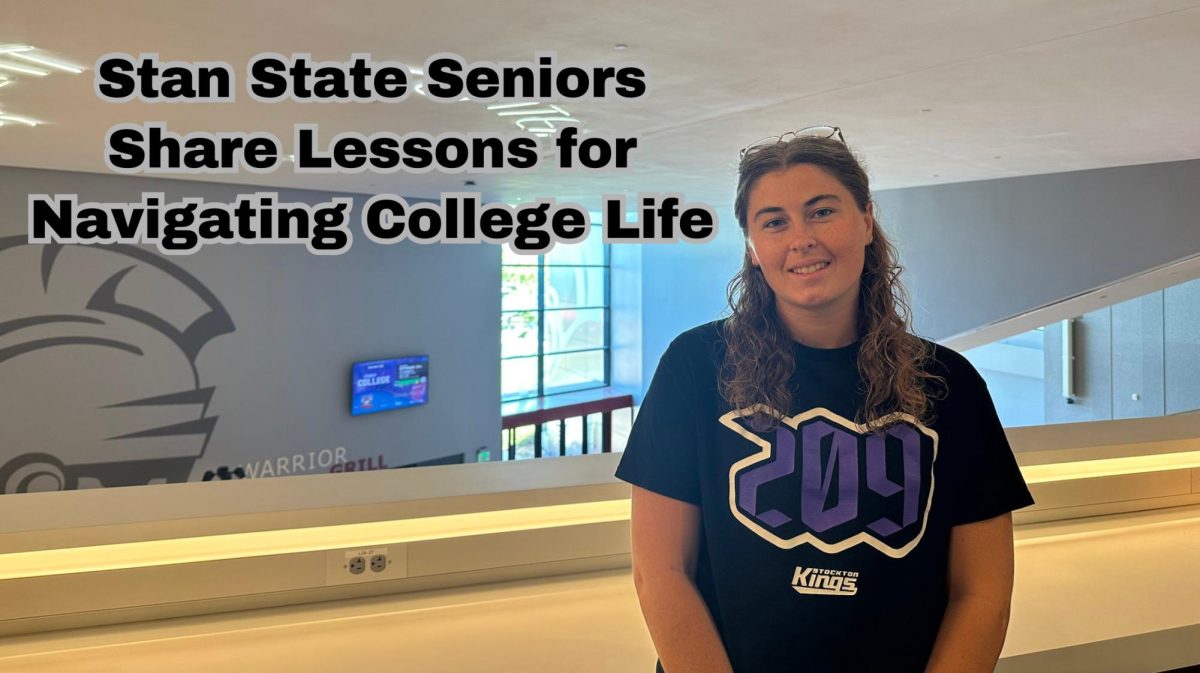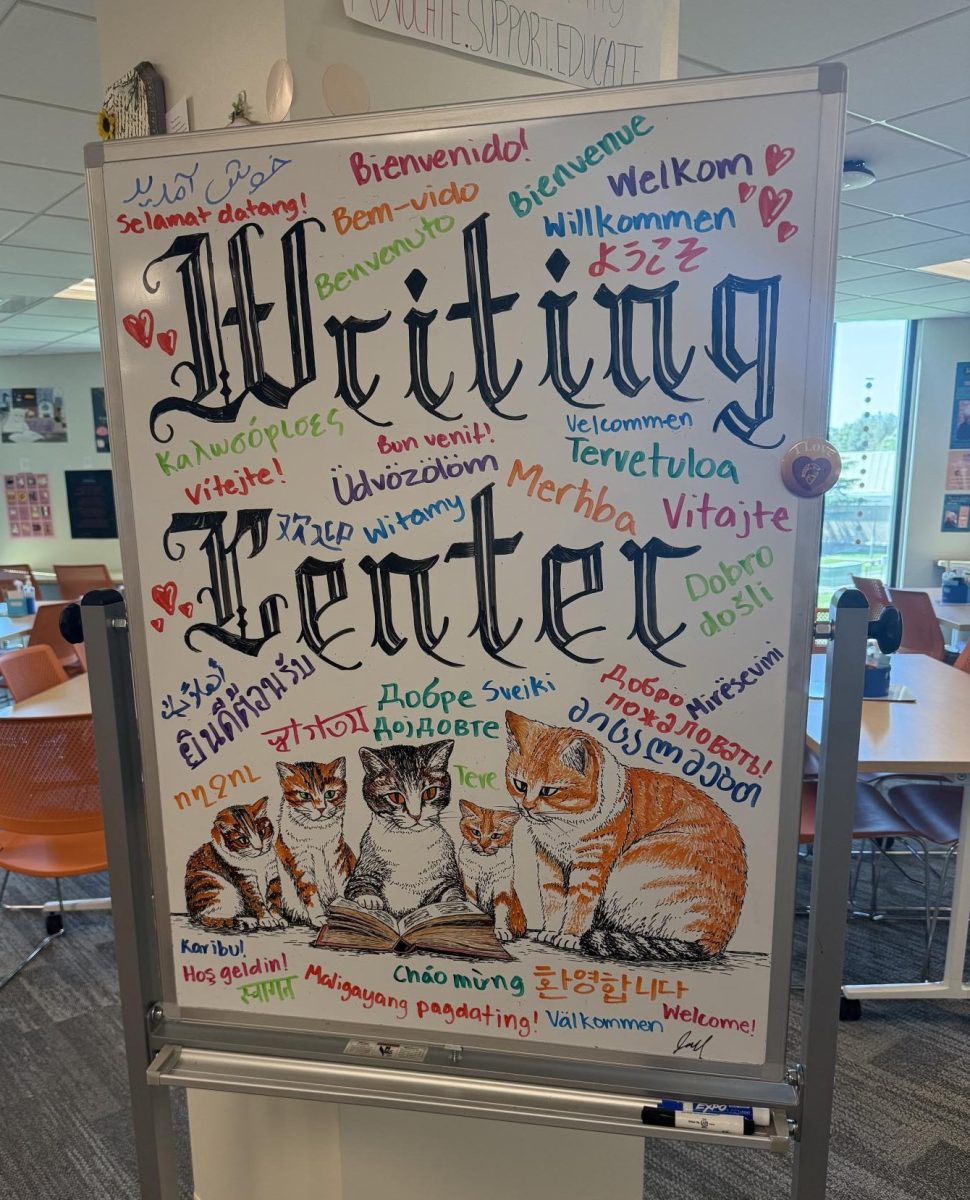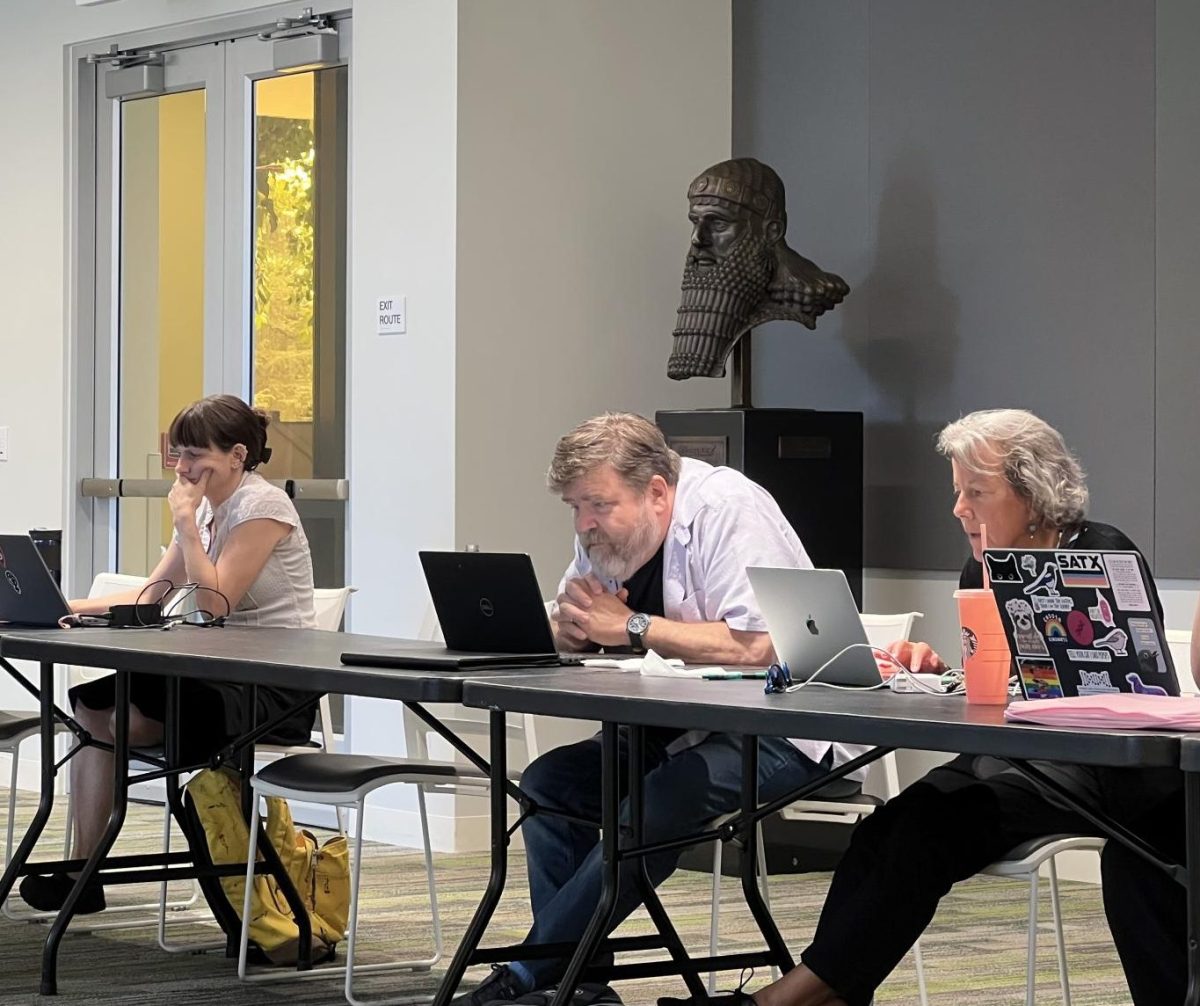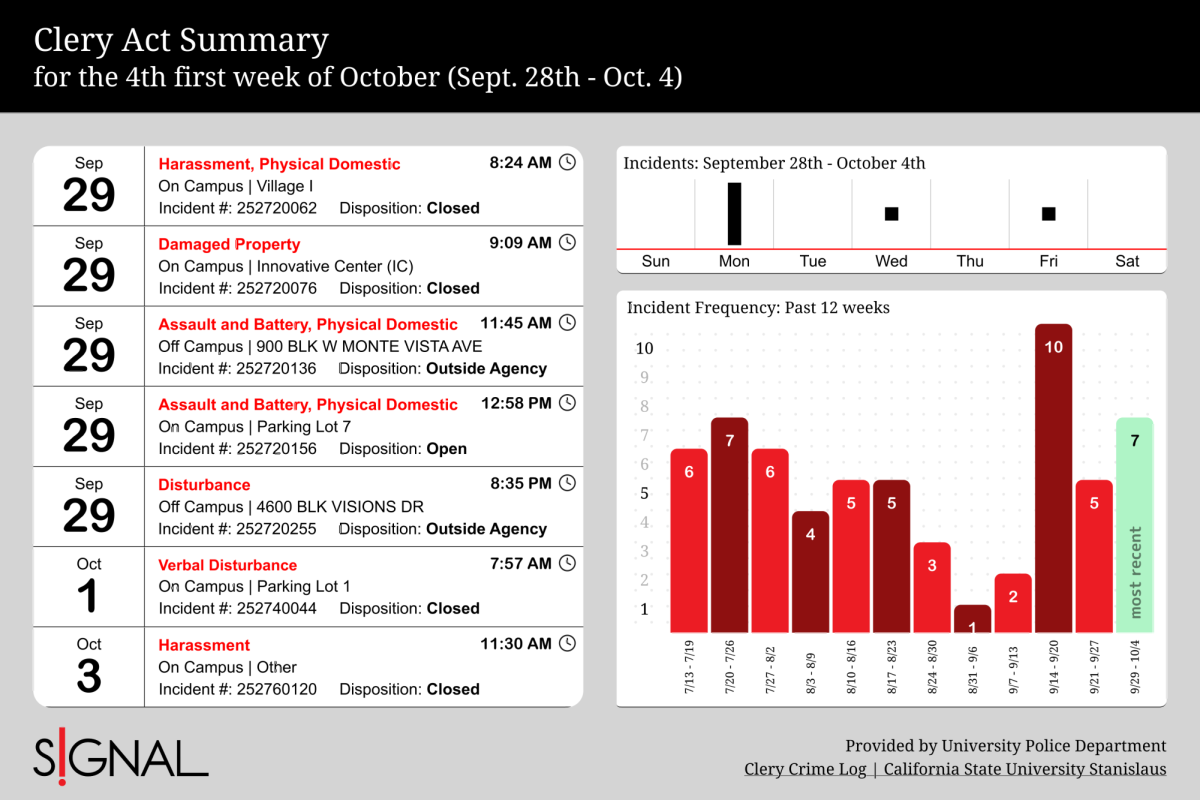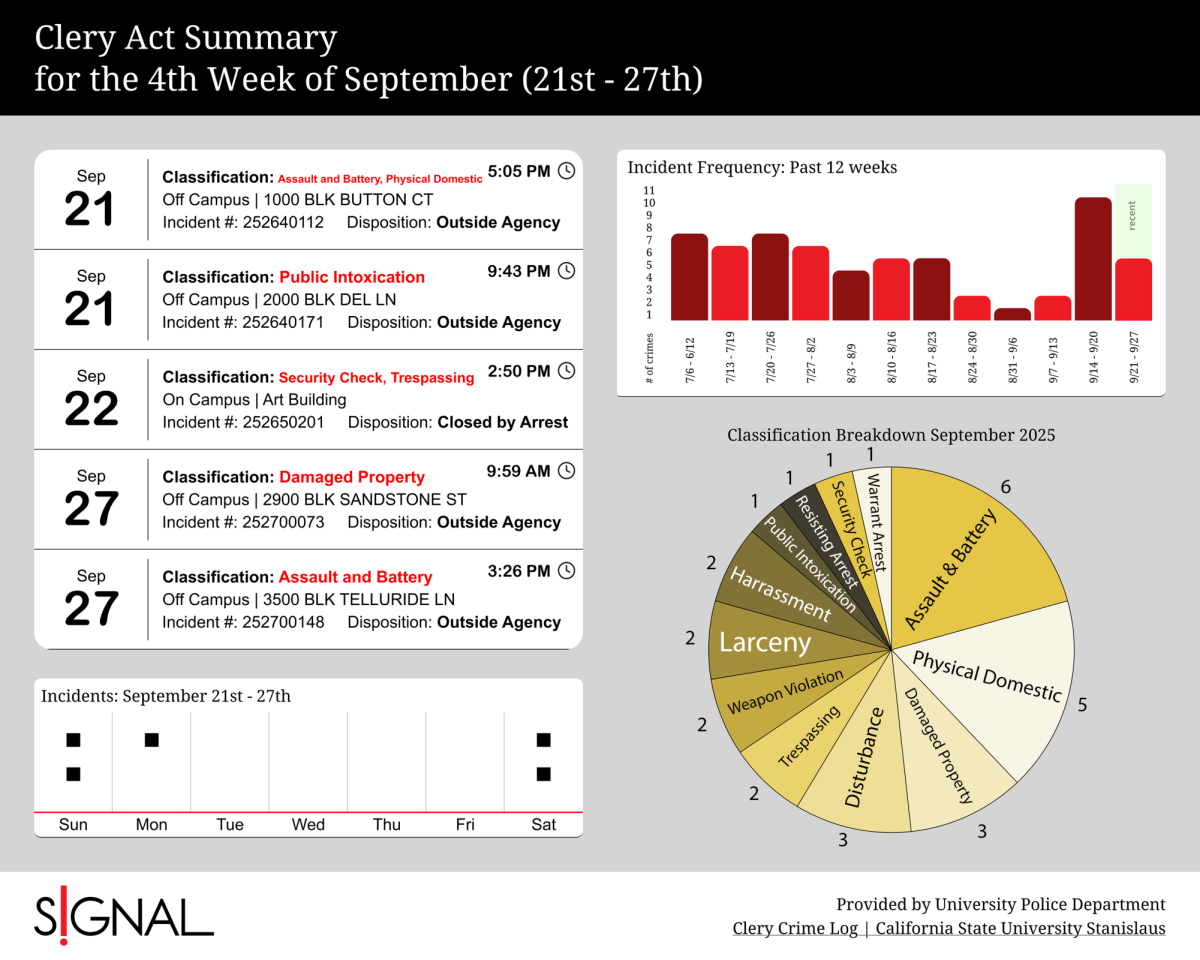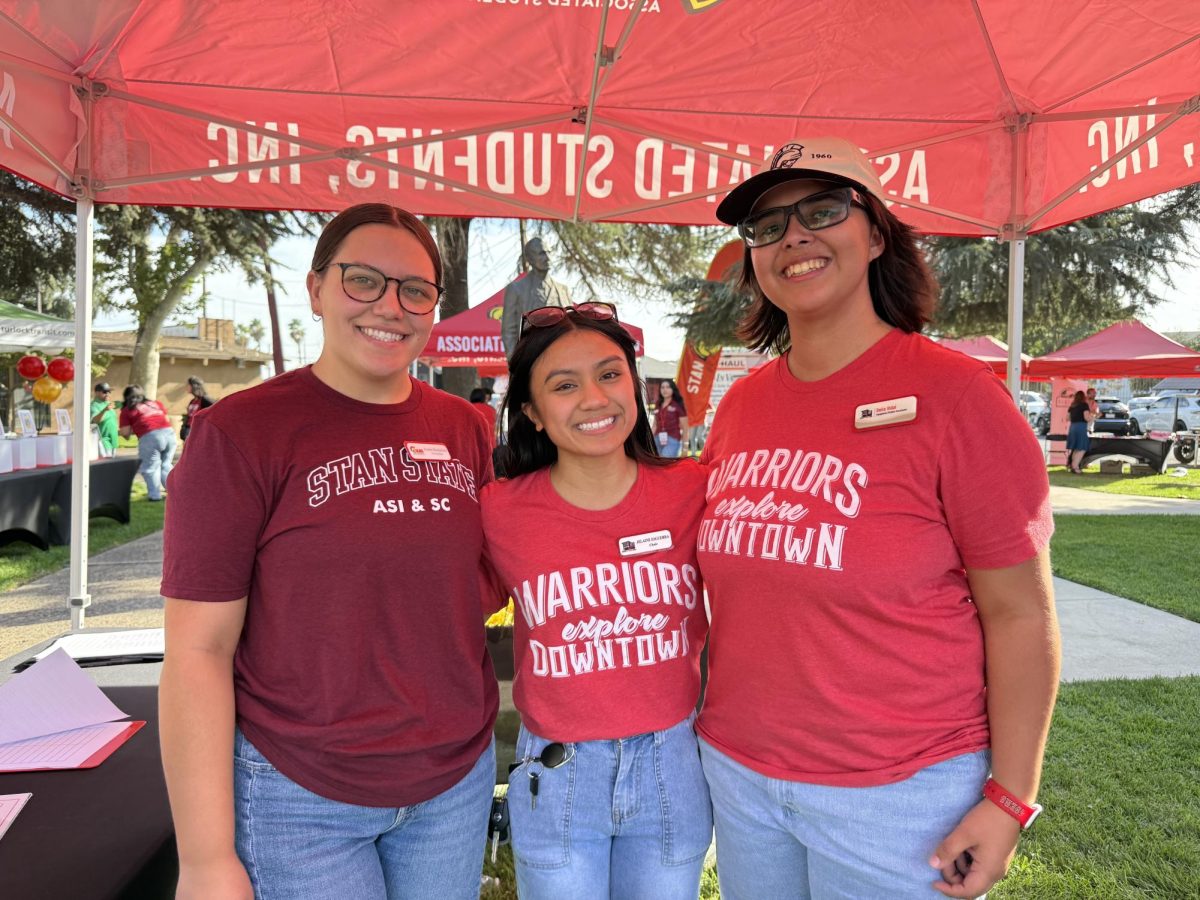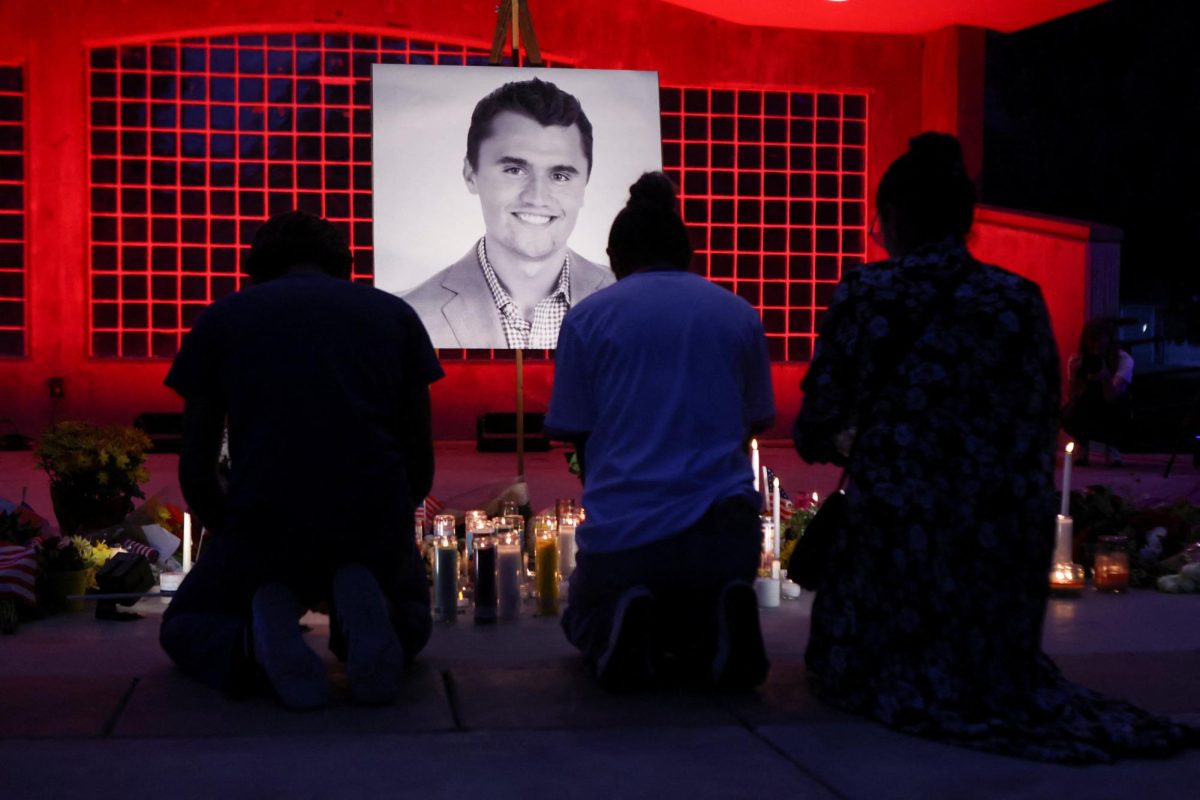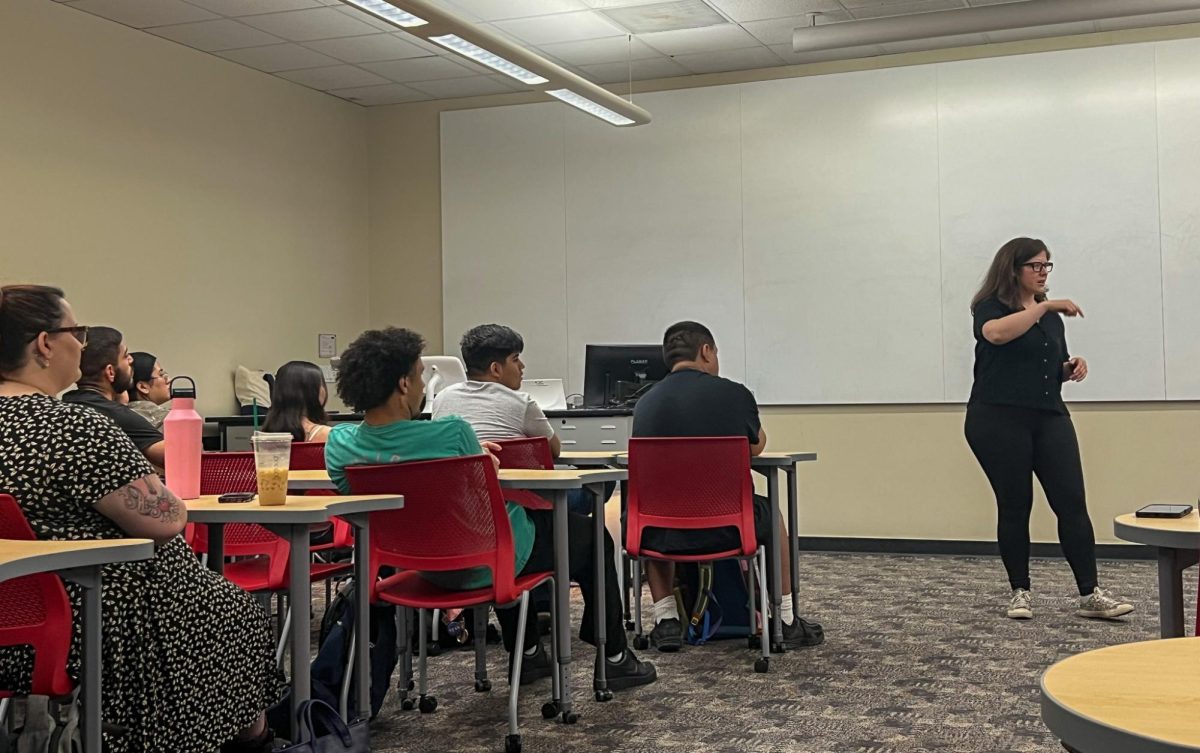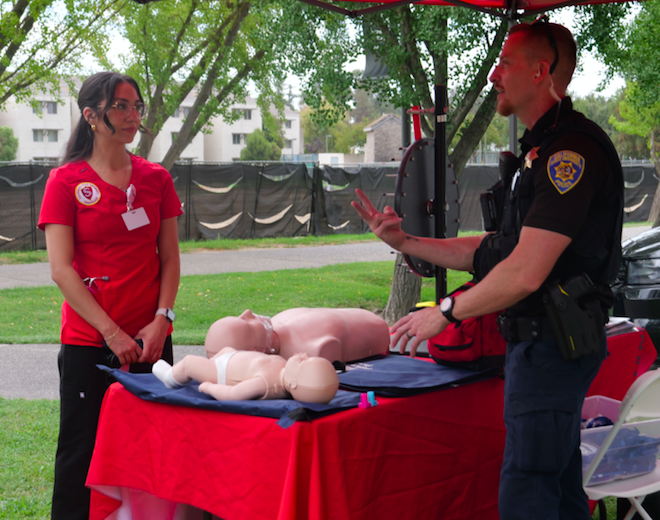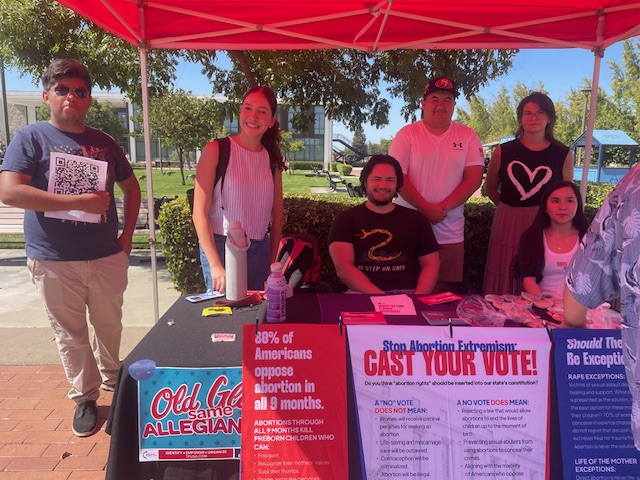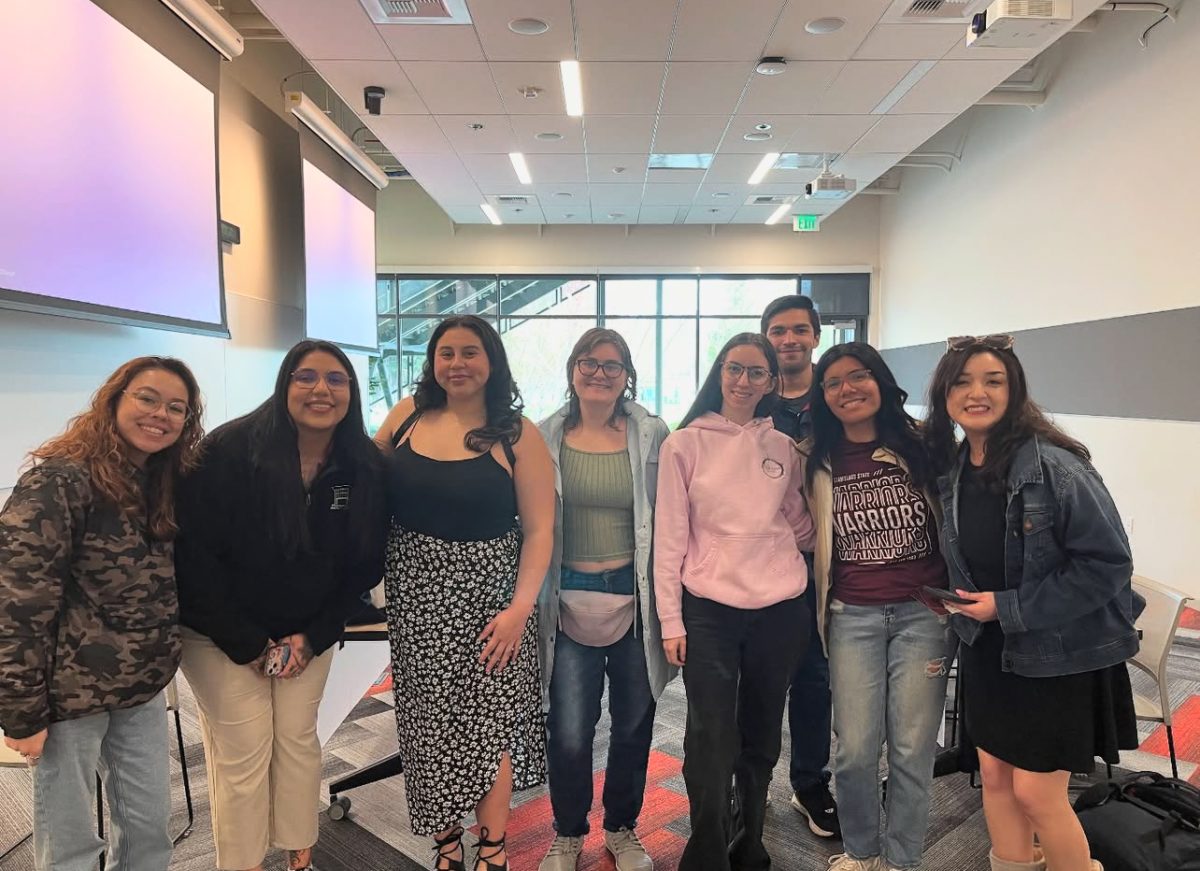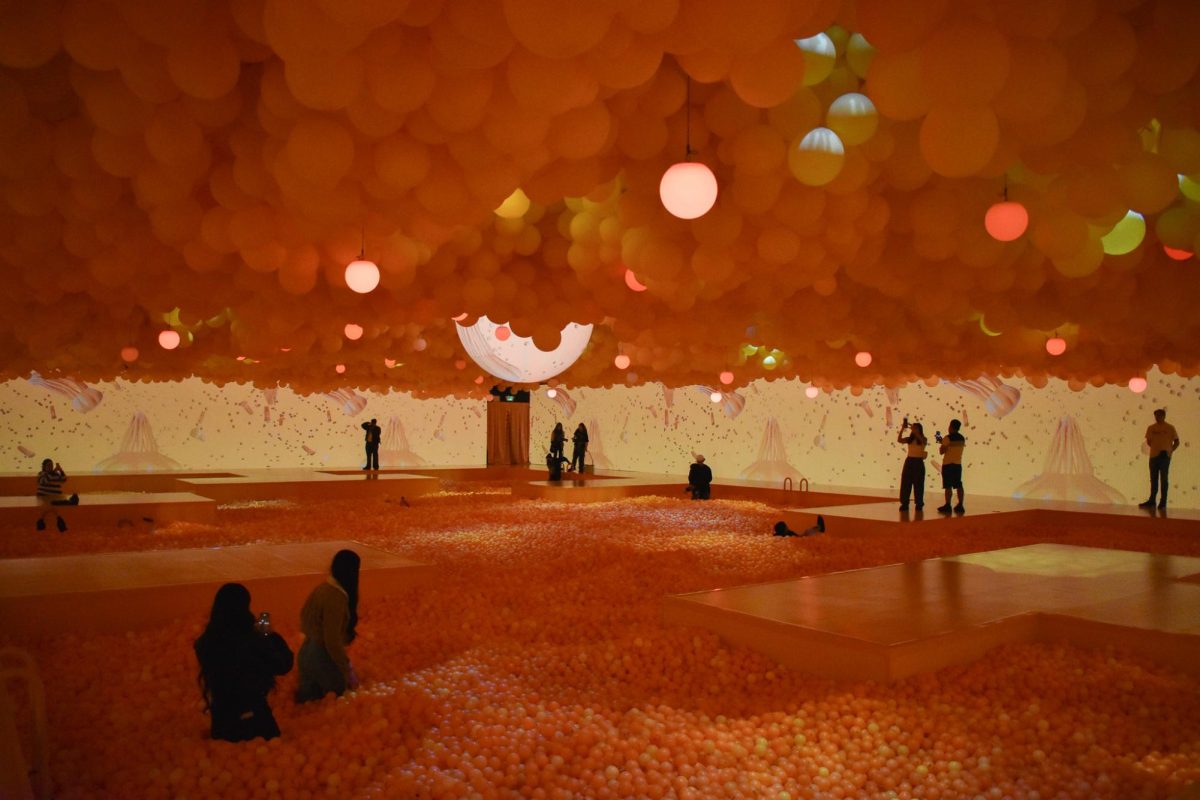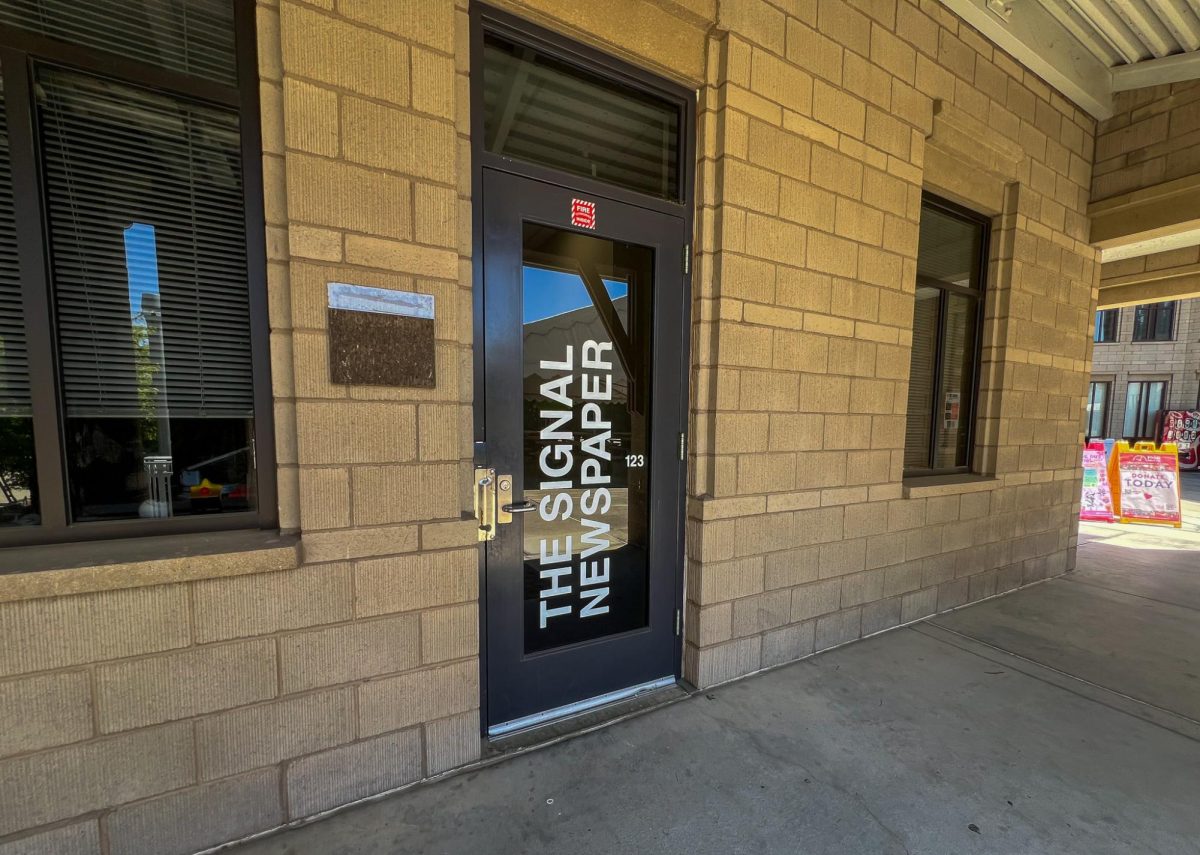Stanislaus State is exploring a major expansion into Tracy, backed by what would be the largest outside contribution in the university’s history, even as the campus faces a multimillion-dollar budget deficit.
On Aug. 26, President Rios-Ellis announced that the university is in an exploratory phase to establish an academic center on 66 acres of land in Tracy.
The proposal, developed in partnership with the Ridgeline Property Group, includes a $25 million building and a $20 million gift to support the university’s early presence in the city. The Stan State portion of Project Pacific Gateway is valued between $131 and $141 million.
“So the donation is between $131 and $141 million when you add up the building the cost of preparing the property to be a university, which is exceptional, as well as the $20 million and 66 acres,” Rios-Ellis said in an interview with the Signal.
“This is an opportunity for us to gain 66 acres as well as $20 million to start us up,” Rios-Ellis added. “So all of our ramp-up costs will be paid for right until we get tuition moving.”
She emphasized that the Tracy Center is fully donor-driven, not funded by university resources.
“We are not paying for that; they are paying for this,” she said. “These are other people’s resources coming to us. Now the challenge will be, are we ready to engage?”
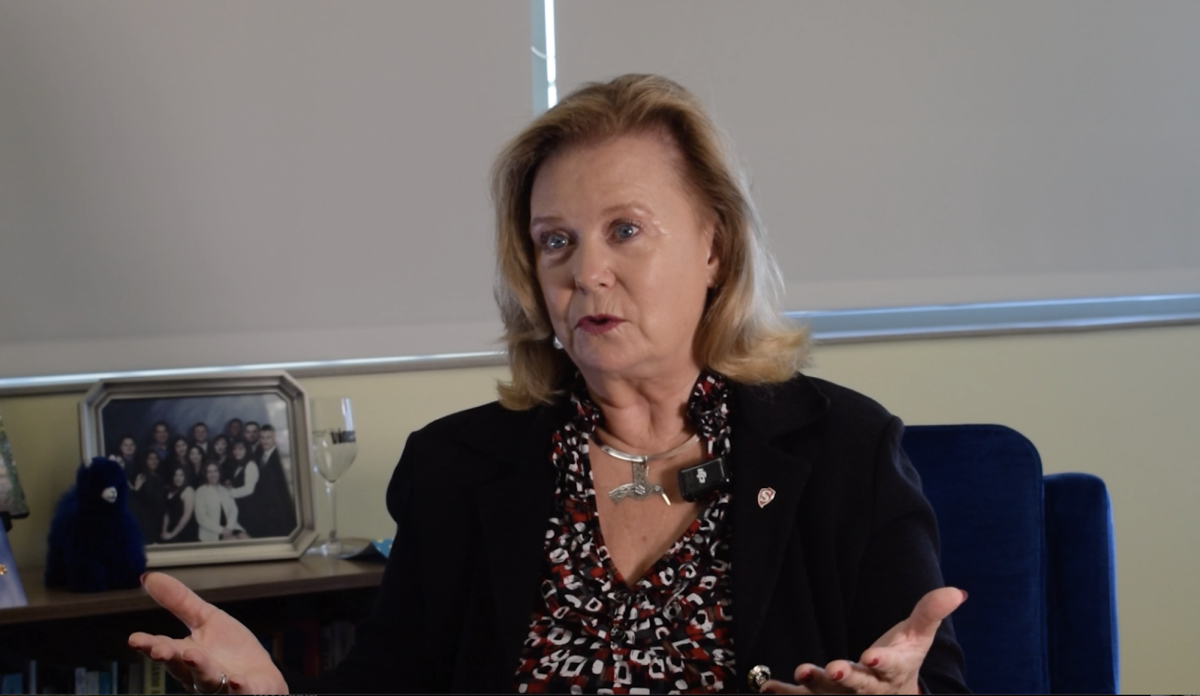
She elaborated that when Ridgeline Property Group first approached her, the company said it wanted to help Stan State establish a satellite campus an offer she ultimately declined.
She declined the proposal, explaining that the startup costs would be too high and that moving forward would mean diverting resources from one place to another. Ridgeline Property Group reached out again, asking what it would take to establish a campus.
“I said if you could donate another $20 million, that would be wonderful because that would provide us $5 million a year to begin to dedicate that to the resources we would need while we can ramp up enrollment in those areas and ramp up research,” she said.
Academic focus and regional vision
Under the proposal, the Tracy Academic Center would focus on agriculture, supply chain logistics, teacher training, computer science, and artificial intelligence.
Rios-Ellis explained how the donor’s intent is playing a role in deciding what the Tracy Academic Center will have to offer.
“This donor really wants us to be able to engage AI, take advantage of AG and supply chain, and is also really interested in us training teachers because there’s a dearth of teachers in that region,” she stated.
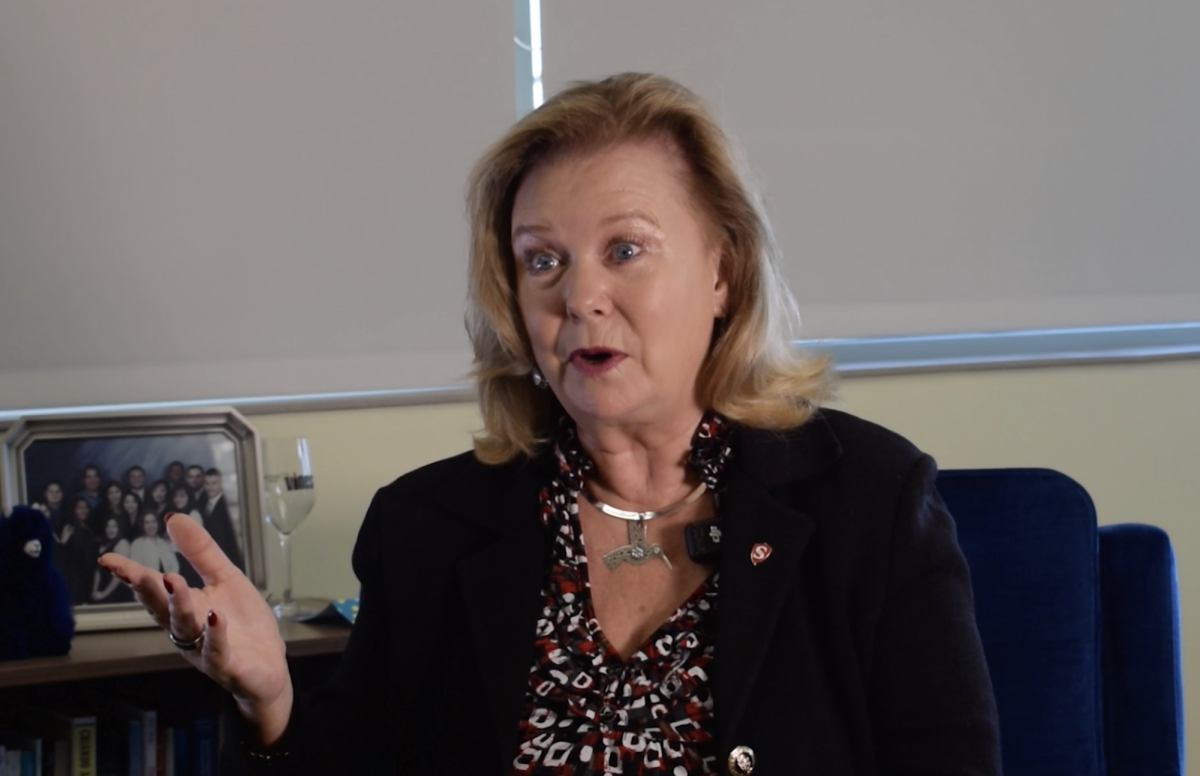
She went on to add how this will enable Stan State to create a triangle network, comparing it to North Carolina’s Research Triangle.
“This will enable us to create a teaching training triangle within San Joaquin and Stanislaus counties,” Rios-Ellis said. “Stockton will continue as the health and human service hub, Tracy will be supply chain and teacher training hub, and Turlock remains our base campus,” she said.
Rios-Ellis pointed to Tracy’s rapid growth as a key motivation in exploring this possible expansion.
“San Joaquin County is growing so quickly. The population is just burgeoning,” she said. “It will also be an opportunity for us to serve a region that has only been served, with the exception of our Stockton campus, by the University of the Pacific, which is a $63,000 a year ticket for students.”
She added that the project could expand opportunities for agricultural research and further expand the reach Stan State has in bringing in students.
“Our AG folks often don’t have the chance to do a lot of their research because we just don’t have the land,” she said. “This would enable us to provide that academic discipline out, and I’m very excited about that.”
Concerns over timing and finances
The announcement does come as Stan State faces a $13.65 million budget deficit and recent staff cuts. Some faculty and staff expressed concerns about the timing of such an ambitious proposal.
At a recent Academic Senate meeting, guest Ian Hippensteele remarked, “President Rios-Ellis seems to have found money in a couch to build an academic center in Tracy.”
Rios-Ellis addressed those concerns directly.
“I read in the Signal that I pulled money out of couch cushions or something. I wish I could also pull those 66 acres out of couch cushions. I can’t do that either. I can guarantee you, I didn’t pull anything out of sofas at all,” she said.

She emphasized that the expansion will not divert funds from existing campuses. “Resources will not be taken from this campus and brought to Tracy,” she said.
The $20 million gift is designed to provide about $5 million annually in the early years to fund faculty hires, student services, and research support.
“If we don’t have that extra $20 million, then I can see folks saying, ‘Wow, you are taking on a project that is really expensive,’” she said. “We could give it up, or we can take it and engage.”
She also talked about the potential financial benefits that could come from this expansion. Talking about the potential revenue coming into the school from advertising.
“We are hoping that we can even do some signage where we can collect, collect folks who want to advertise on our campus, and that would be an alternative revenue stream that we don’t have right now,” she stated.
Leadership vision and next steps
Rios-Ellis framed the project as part of her broader leadership philosophy and her hopes for the future of Stan State.
“When I came to Stan State, I talked about two things. There are two values that guide what I do: integrity and legacy,” she said. “I don’t want the next president to inherit a $13.65 million deficit at all. So this is an opportunity to make sure that doesn’t happen.”
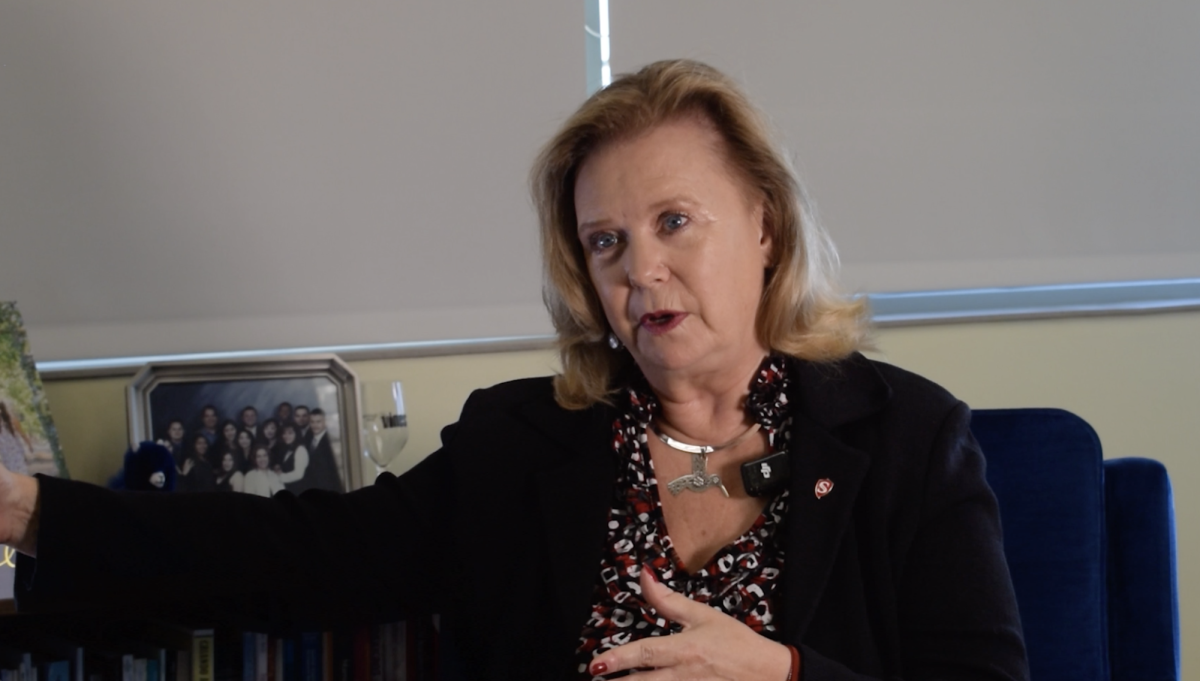
She said the decision to announce the Tracy project early was intentional to ensure the university is being as transparent as possible about this expansion. But also to include the community in the decision-making process.
“We want folks to look into it with us,” she said. “That’s part of shared governance. We don’t want to keep secrets; we want to engage the campus community in this endeavor.”
The university plans to host town halls to gather feedback from faculty, students, and community members.
Despite some criticism at the academic senate and clearing up the rumors of pulling money out of couch cushions, Rios-Ellis says she has yet to hear the frustration; instead, she has only heard support from people.
“I haven’t heard the frustration, so I’m wondering,” she said. “I’m having faculty call me and say, ‘Oh my gosh, how can I be involved?’”
She further added how parents have already started to express their excitement about this possible expansion.
“We are already getting calls from parents who are saying. ‘This might be the opportunity that my child wouldn’t have had.’” Rios-Ellis said.
As the university moves forward in this exploratory phase, the project will need to go through a series of regulatory reviews, including compliance with the California Environmental Quality Act (CEQA).
For now, the Tracy Academic Center remains an idea under exploration, but one that President Rios-Ellis believes could shape the university’s future.
“We can turn away those resources, we can turn away the land, we can turn away the building and the $20 million,” she said. “I don’t think that’s a very good option.”
If you want to hear more from President Rios-Ellis, watch the full interview here.

